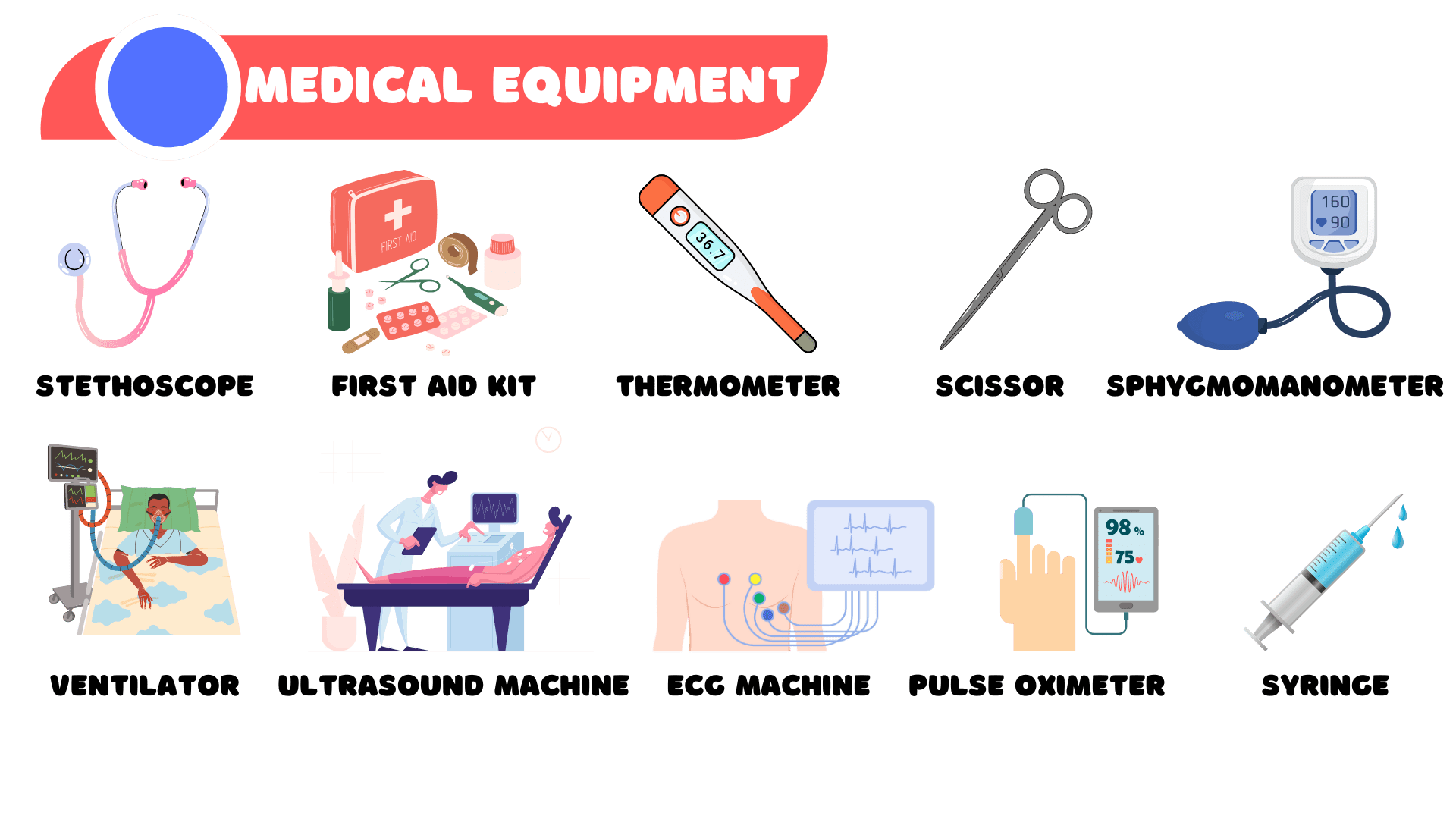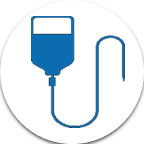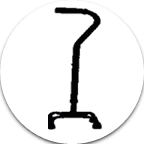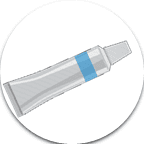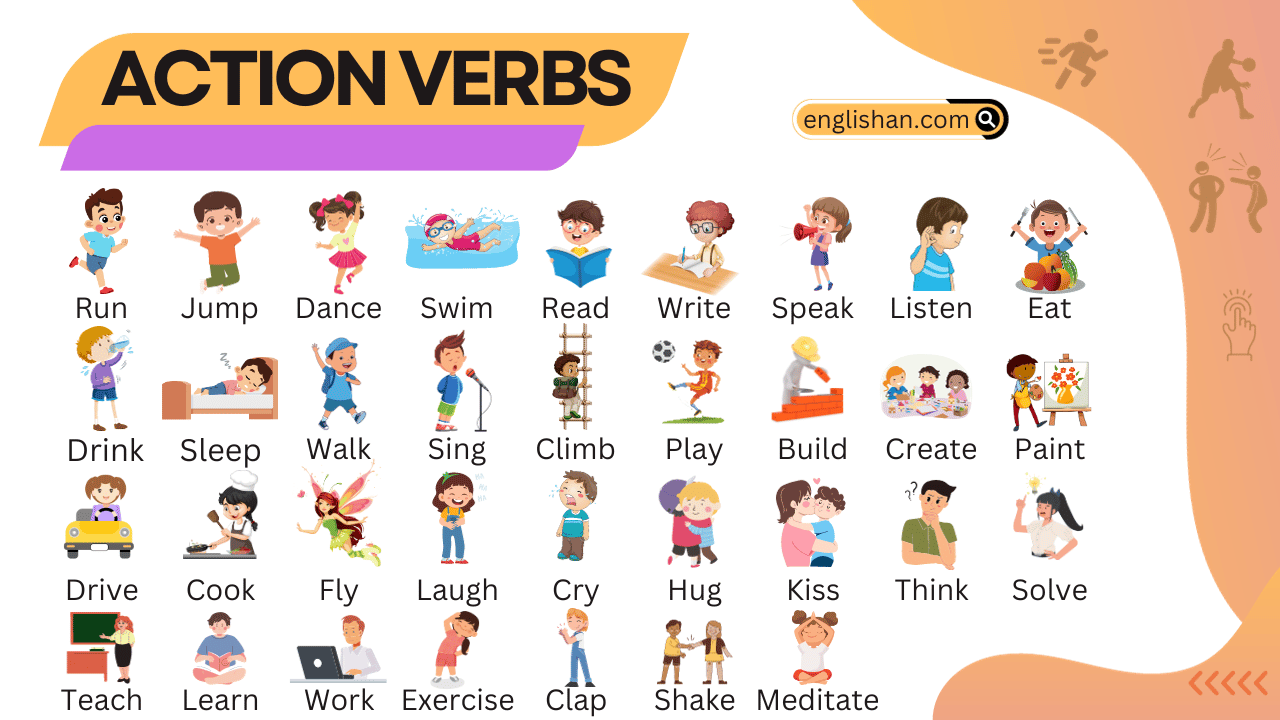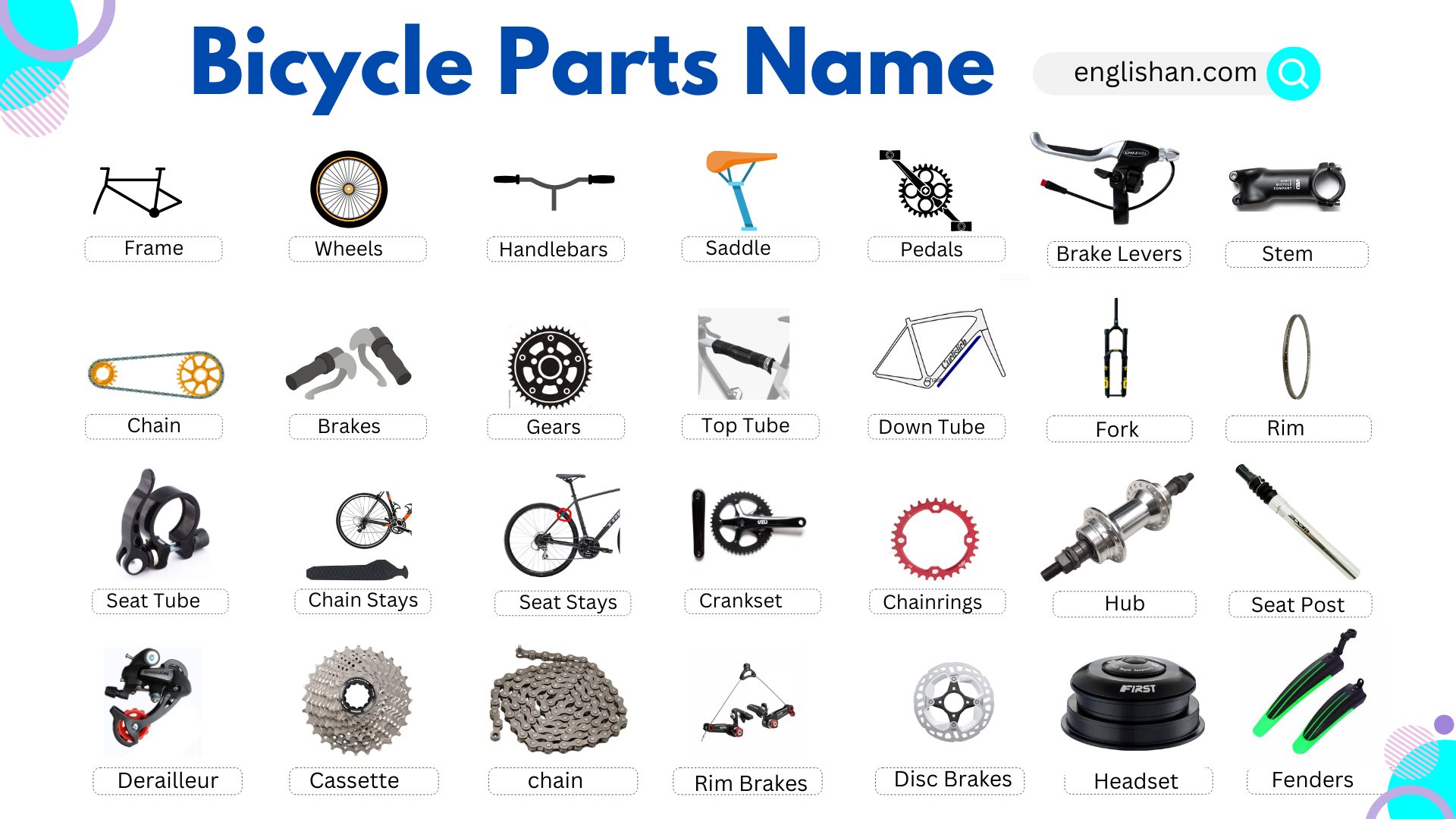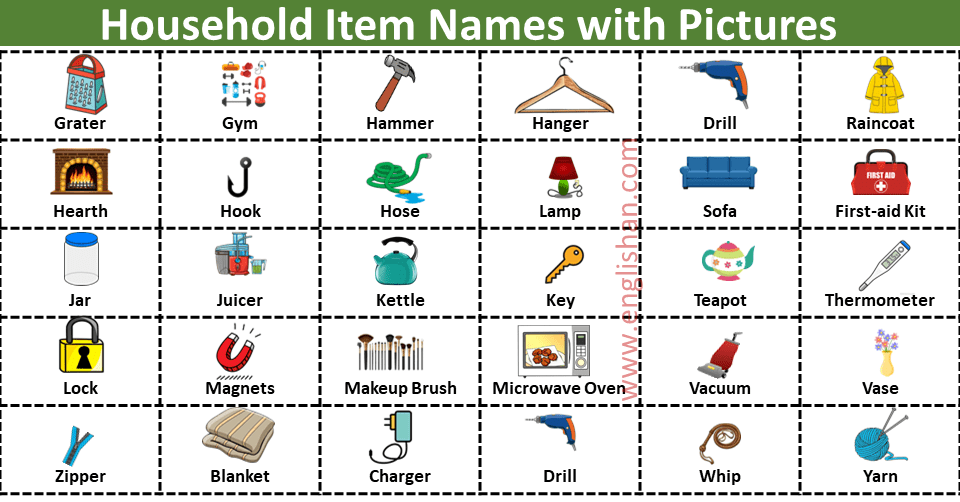Contents
In this blog post, you will learn about important medical equipment and their names in English. Understanding these terms is crucial for anyone working in healthcare or anyone wanting to improve their vocabulary. By familiarizing yourself with this list, you can communicate more confidently in medical settings.
To expand your vocabulary further, explore more topics in our Vocabulary Category.
Medical Equipment List
Medical Equipment and Their Usage
- Stethoscope: A diagnostic tool used by healthcare professionals to listen to the internal sounds of a patient’s body, such as the heartbeat and breathing, aiding in accurate diagnosis.
- Sphygmomanometer: Also known as a blood pressure monitor, this device measures a patient’s blood pressure, helping doctors assess cardiovascular health.
- Otoscope: Used to examine the ears, an otoscope enables healthcare providers to diagnose ear infections and other ear-related issues.
- Ophthalmoscope: This instrument is used to examine the eyes, allowing ophthalmologists and optometrists to detect eye diseases and assess visual health.
- Thermometer: A device that measures body temperature, aiding in the diagnosis of fever and monitoring patient health.
- MRI Machine: Magnetic Resonance Imaging machines use powerful magnets and radio waves to create detailed images of the body’s internal structures, aiding in the diagnosis of various conditions.
- X-ray Machine: X-rays are a form of electromagnetic radiation used to create images of the inside of the body, assisting in identifying bone fractures and abnormalities.
- Defibrillator: An emergency device that delivers an electric shock to restore normal heart rhythms during cardiac arrest.
- Ventilator: Used in intensive care units, ventilators assist patients in breathing when they are unable to do so on their own.
- Ultrasound Machine: Utilizes sound waves to create images of internal organs and tissues, commonly used during pregnancy for fetal imaging.
- Surgical Laser: These precise tools use concentrated light beams for various surgical procedures, minimizing damage to surrounding tissues.
- Infusion Pump: Administers fluids, medications, and nutrients to patients in controlled amounts, commonly used in hospitals and clinics.
- ECG Machine: Electrocardiogram machines record the electrical activity of the heart, aiding in diagnosing heart conditions.
- Pulse Oximeter: Measures oxygen saturation levels in the blood, helping to monitor respiratory health.
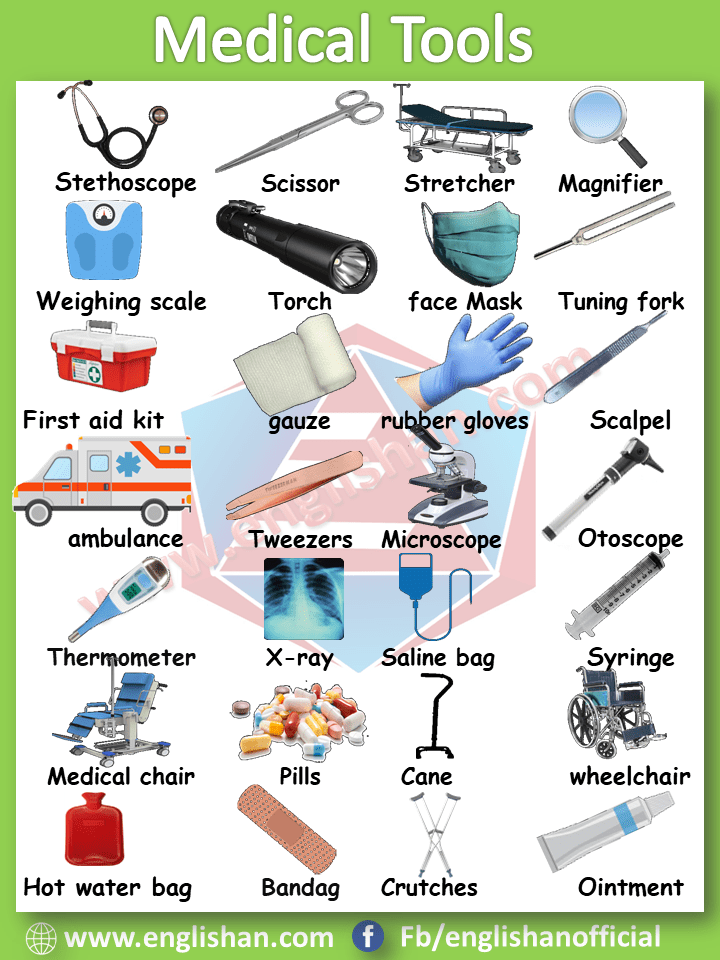
FAQs
Some common medical equipment includes:
Thermometer
Stethoscope
Blood pressure monitor
Syringes
Bandages
Wheelchair
X-ray machine
IV drip
Glucose meter
Surgical instruments
These items are essential for diagnosing, treating, and assisting patients in medical settings.
In a hospital, a variety of equipment is used for patient care, diagnosis, and treatment. Common hospital equipment includes:
Ventilator (for breathing support)
Defibrillator (for heart emergencies)
Surgical instruments (for operations)
Patient monitors (for vital signs)
X-ray machine (for imaging)
ECG machine (for heart activity)
Infusion pumps (for fluids/medications)
Wheelchairs (for patient mobility)
Stethoscope (for listening to heart and lungs)
MRI machine (for detailed body scans)
These tools help medical staff provide proper care and treatment to patients.
In nursing, equipment refers to the tools and devices used to provide care and support to patients. Some common nursing equipment includes:
Thermometers (to measure body temperature)
Blood pressure cuffs (to check blood pressure)
Stethoscopes (to listen to heart and lungs)
Syringes and needles (for giving injections)
Gloves (for hygiene and protection)
Bandages (to dress wounds)
Oxygen masks (for breathing support)
IV pumps (to deliver fluids and medications)
Wheelchairs (to assist with patient mobility)
These tools help nurses monitor and care for patients in different settings.
Medical devices are tools used in healthcare, such as:
Pacemakers
Blood glucose meters
Infusion pumps
CT scanners
Hearing aids
Prosthetics
Nebulizers
Wheelchairs
Oxygen concentrators
These devices help diagnose, treat, and support patients.
You May Also Like
